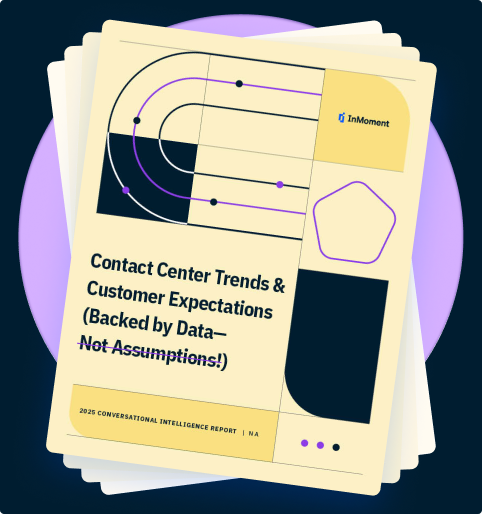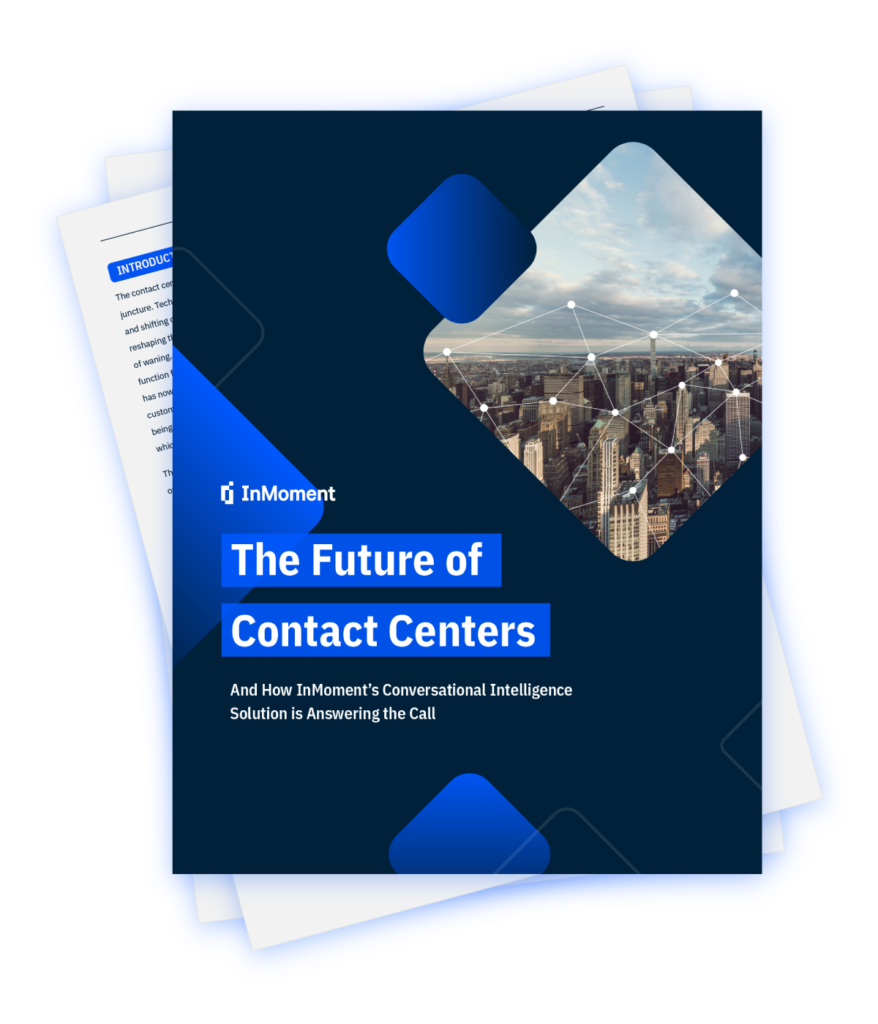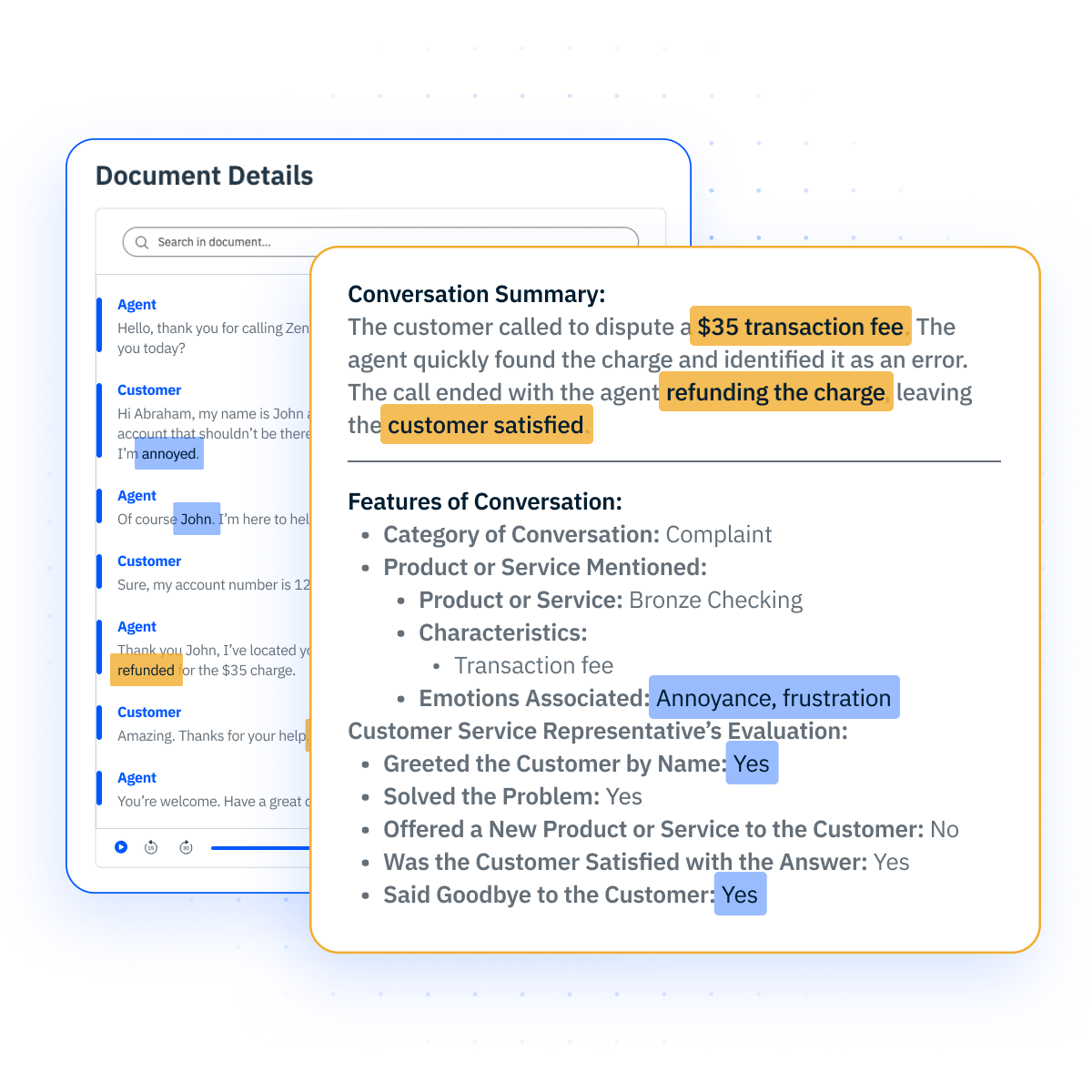How Contact Center Optimization Can Improve Your Bottom Line

Companies of all sizes are always looking for ways to improve their bottom line. Whether that be through cost-saving measures, increased operational efficiency, or strategic initiatives to boost revenue, the pursuit of financial success is a constant in the business world.
As you look to improve your business, consider contact center optimization. This will improve your business by enhancing operational efficiency, elevating customer satisfaction, and fostering a more agile and responsive customer service environment.
What is Contact Center Optimization?
Contact center optimization refers to the process of improving the efficiency, effectiveness, and overall performance of a contact center. A contact center is a centralized facility or department used by organizations to manage customer interactions through various communication channels, such as phone calls, emails, chat, and social media.
The goal is to enhance the customer experience, streamline operations, and achieve cost savings.
What Are the Benefits of Contact Center Optimization?
An optimized contact center offers numerous benefits for organizations aiming to enhance their customer service operations and overall business performance. By optimizing your contact center, you can significantly reduce the number of pain points your customers experience at different points in the customer journey. Here are some of the key benefits of optimizing your contact center:
1. Increased Efficiency
Contact center optimization focuses on streamlining processes, reducing wait times, and ensuring customer inquiries are handled promptly and efficiently. This is done by allocating resources more effectively. By reducing the idle in your case management, you’ll notice faster issue resolution times and a more agile contact center.
2. Cost Savings
By optimizing staffing levels, implementing self-service options, and leveraging automation, organizations can achieve cost savings in their contact center operations. This is especially important in managing operational expenses while maintaining or improving service quality.
3. Improved Agent Productivity
Providing agents with the necessary tools, training, and technology to perform their tasks efficiently. This leads to increased agent productivity, reduced handling times, and improved customer service.
4. Enhanced Scalability
Optimized contact centers are better equipped to handle fluctuations in call volumes, seasonal variations, and unexpected surges in customer inquiries. This scalability ensures that the organization can adapt to changing demands without sacrificing service quality.
5. Competitive Advantage
Organizations that optimize their contact centers are better positioned to differentiate themselves in the market by delivering superior customer service. This can contribute to a competitive advantage and increased customer loyalty.
Features to Look For in Contact Center Optimization Software
When selecting contact center optimization software, it’s important to consider features that align with your organization’s specific needs and goals. Here are some key features to look for:
Agent Scorecards
Agent scorecards are a crucial component of contact center optimization that provides a systematic way to assess and track individual agent performance. These scorecards typically include customer experience KPIs and metrics such as case resolution times, customer satisfaction ratings, and overall call quality. Supervisors and managers can leverage these scorecards to identify areas of improvement, offer feedback, and implement training initiatives.
Conversational Analytics
Conversational analytics utilize advanced technologies to analyze spoken or written conversations. These tools can extract valuable insights such as sentiment analysis, key topics discussed, and the effectiveness of agent responses. By understanding the nuances of customer conversations, organizations can adapt strategies, refine training programs, and identify opportunities to enhance customer satisfaction and loyalty.
AI-Driven Text Analytics
Text analytics are a powerful feature that automates the analysis of written communication including emails, chat transcripts, and social media interactions. By employing natural language processing (NLP) and machine learning algorithms, this tool can categorize messages, detect sentiment, and predict what a consumer is most likely to do next. This capability enables organizations to gain a comprehensive understanding of customer sentiments, automate response prioritization, and refine communication strategies.
Transcription Services
Transcription services play a vital role in contact center optimization by converting audio records of customer interactions into text. This not only facilitates quality monitoring, but also enables the application of advanced analytics to the transcribed content. Transcription services enhance the efficiency of reviewing and analyzing interactions by providing a textual record that can be easily searched, annotated, and used for training purposes.
Strategic Services
Strategic services in contact center optimization involve consulting and support from experts who provide guidance on aligning contact center operations with broader business objectives. These services may include customized training programs, process optimization recommendations, and assistance in implementing advanced technologies. Strategic services empower organizations to make informed decisions, maximize the value of their contact center solutions, and adapt to evolving customer needs and industry trends.
Popular Contact Center Optimization Strategies
Not every contact center can be optimized the same way. What works well for one business’ contact center may not work for another. However, there are a number of contact center best practices that transcend industries.
Continuous Training
First, make sure that your contact center staff has continuous training. As with any position, contact center agents and supervisors require training to be successful. This training needs to extend beyond the normal onboarding process, but exist in a semi-regular fashion such as quarterly, biyearly, or annually. This training will help employees feel comfortable in their positions and achieve constant success.
Focus on Employee Experiences
Second, work to improve the employee experience. Employees who feel valued, supported, and engaged are more likely to deliver exceptional customer service. A positive work environment contributes to higher job satisfaction, reducing turnover rates and ensuring continuity in the workforce.
Set Important Metrics & KPIs
Lastly, in order to begin and implement any contact center optimization strategy, you need to start by identifying your main metric. Whether it is NPS, first call resolution, or customer churn rate. This metric will give you a baseline of where you are starting and help you measure the success of your contact center optimization.
How to Implement Contact Center Optimization
Implementing contact center optimization requires a strategic approach. In order to do so effectively, there are certain steps that should be followed in order to make sure the entire organization is on board. The steps to begin contact center optimization can be broken down into three phases: pre-implementation, during implementation, and post-implementation.
Pre-Implementation Phase
- Define Objectives and Metrics: Clearly define the objectives of contact center optimization, outlining specific goals and key metrics that align with overall business objectives.
- Current State Assessment: Conduct a comprehensive assessment of the current state of the contact center, identifying pain points, areas for improvement, and potential optimization opportunities.
- Technology Selection: Research and select contact center optimization software that meets the organization’s requirements, considering features such as performance analytics, quality monitoring, and workforce management.
- Integration Planning: Plan for seamless integration between the chosen optimization software and existing systems, ensuring compatibility with CRM, ticketing, and communication tools.
- Training Program Development: Develop a comprehensive training program for agents, supervisors, and system administrators to ensure a smooth transition to the new technology.
During Implementation Phase
- Technology Deployment: Implement the chosen contact center optimization software, ensuring that the technology is correctly deployed and configured to meet the organization’s needs.
- Training Execution: Execute the training program, providing agents and relevant personnel with the necessary skills and knowledge to effectively use the new tools and processes.
- Quality Monitoring Implementation: Set up and implement quality monitoring processes, including the development of evaluation forms, scoring systems, and feedback mechanisms.
- Automation Integration: Integrate automation tools, such as chatbots and IVR systems, to streamline routine inquiries and enhance the overall efficiency of customer interactions.
- Multi-Channel Support Activation: Activate and optimize multi-channel support, ensuring that the contact center is equipped to handle customer interactions seamlessly across various communication channels.
Post-Implementation Phase
- Performance Monitoring and Analysis: Monitor performance metrics using the analytics tools provided by the optimization software, analyzing real-time and historical data to identify trends and areas for improvement.
- Continuous Improvement Iterations: Implement a culture of continuous improvement, making iterative adjustments to processes, technology, and training programs based on performance data and feedback.
- Customer Feedback Analysis: Analyze customer feedback collected post-implementation to understand satisfaction levels, preferences, and areas requiring further refinement.
- Continued Support and Training: Provide ongoing support and training to agents, supervisors, and administrators to ensure that they are proficient in using the optimized contact center tools and processes.
- Strategic Guidance: Consider engaging with strategic services or consultants specializing in contact center optimization to provide additional insights, guidance, and assistance in aligning operations with overall business strategies.
How Contact Center Optimization Improves the Customer Experience
Contact center optimization plays a pivotal role in enhancing the overall customer experience, ensuring that interactions are seamless, efficient, and tailored to meet individual needs. Here are key ways in which CCO positively impacts the customer journey:
Reduced Wait Times
Efficient resource allocation and workforce management through contact center optimization result in reduced wait times for customers. By optimizing staffing levels and employing advanced forecasting techniques, contact centers can ensure that customers receive timely assistance, minimizing frustration and enhancing satisfaction.
Personalized Interactions
Contact center optimization enables agents to access comprehensive customer profiles, including previous interactions and preferences. This information empowers agents to personalize their responses, creating a more engaging and tailored experience for customers. Personalization fosters a sense of connection and demonstrates a commitment to understanding and meeting individual needs.
First-Call Resolution
With the implementation of quality monitoring and performance analytics, contact center optimization focuses on improving first-call resolution rates. By addressing customer inquiries effectively during the initial contact, organizations not only save time and resources but also contribute to a positive customer experience. This reflects a commitment to resolving issues promptly and efficiently.
Multi-Channel Support
Optimized contact centers seamlessly integrate multiple communication channels, such as phone, email, chat, and social media. This ensures that customers can choose their preferred method of interaction, leading to a more convenient and flexible customer experience. Unified interfaces enable agents to manage interactions across channels efficiently.
Continuous Improvement
Contact center optimization fosters a culture of continuous improvement. By regularly monitoring performance metrics, analyzing customer feedback, and making iterative adjustments to processes and technology, organizations can adapt to changing customer expectations. This commitment to improvement demonstrates responsiveness and dedication to delivering an exceptional customer experience.
In essence, contact center optimization is not just about operational efficiency; it is a strategic initiative that directly influences how customers perceive and interact with a brand. Through reduced wait times, personalized interactions, improved first-call resolution, multi-channel support, and a commitment to continuous improvement, contact center optimization creates an environment where customers feel valued and understood.
Discover How Pearl-Plaza Can Elevate Your Customer and Agent Experiences
If you’re trying to resolve customer issues faster, improve agent performance, or reduce cost to serve and handle time, we can help! No matter where you are at in your contact center optimization journey, Pearl-Plaza’s conversation analytics software can help you. Check it out today!





